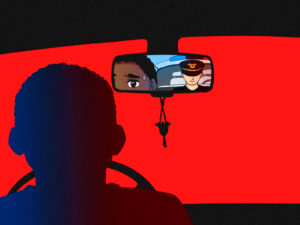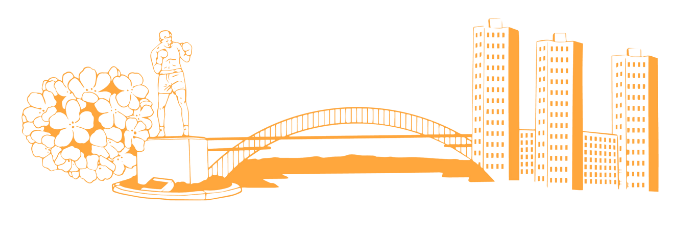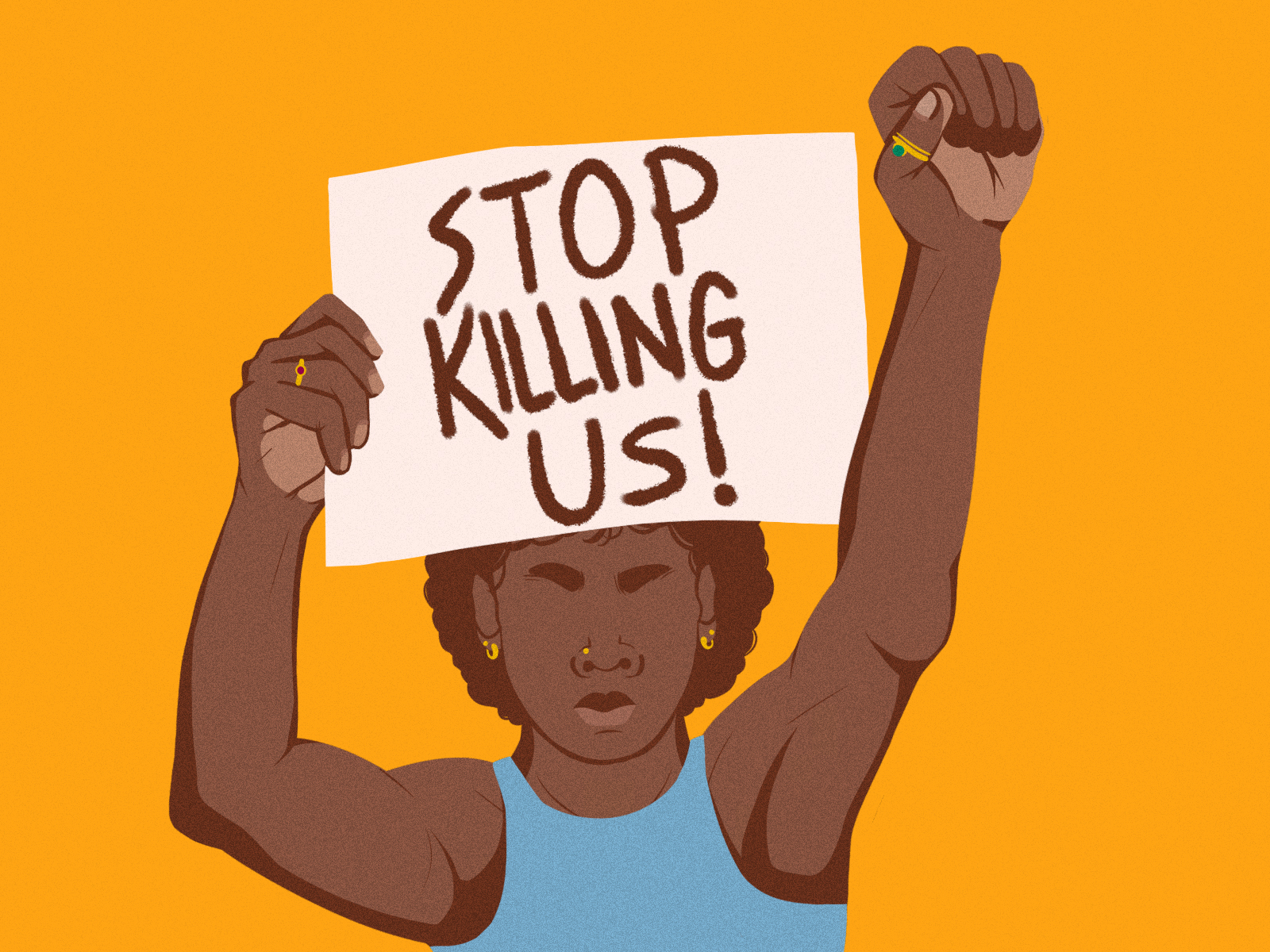Growing up, Justin Holness was told if he was ever pulled over by police to keep his arms visible on the wheel, let them know where your license and registration is and reach for it slowly — never do “too much unnecessary chit chat.”
He was told to do miniscule things like take his hood off in buildings or keep it off when it’s not raining outside.
Holness, 22, of Maplewood, New Jersey, is one of the hundreds from the Black community who have shared how they routinely protect themselves since Black Lives Matter protests swept the nation following the death of George Floyd on May 25.
Floyd’s death has reiterated the core of the problem, which according to Holness, is the police and their relationship with the community.
“They instil more fear than safety in people of color and what we see from the media has done nothing to reshape that image,” he said.
The “Black Lives Matter” movement is no stranger to America.
The hashtag started in July 2013 when George Zimmerman, a Florida neighborhood watch captain, was acquitted for fatally shooting an unarmed African-American teenager, Trayvon Martin, in February 2012.
And since then, there’s been no rest.
In 2014, hundreds protested in honor of Eric Garner, who died in July that year in New York City after a police officer put him in a chokehold while arresting him. In August, Michael Brown, an unarmed Black teenager was fatally shot by a police officer.
According to a 2016 study by the American Journal of Preventive Medicine, 52 percent of victims from use of lethal force by police were White, but Black people had a fatality rate 2.8 times higher than White people. While most victims were reported to be armed (83%), Black victims were more likely to be unarmed (14.8%) than White victims (9.4%).
Floyd’s death by Minneapolis police reawakened BLM activists, social justice advocates and the nation as a whole. Some of the thousands who filed for unemployment and were quarantined at home — due to the coronavirus outbreak — filled streets across the country for weeks in the name of Black people who died at the hands of police, Holness said.
The 22-year-old said holding bad police officers accountable — by firing or arresting them — could build a bridge with the community and help “take away fear.”

But it’s been nearly two months since the movement gained traction, and now it seems to be dying down; Holness said it’s sad, but “not a surprise.”
“The U.S. and people in general aren’t that selfless and rather think about themselves,” Holness said. “(They) avoid any deep thinking that won’t lead to happiness even if it’s necessary or just the right thing to do or acknowledge.”
Still, Holness said he’s happy to see non-Black people continue posting information, places to donate, books or movies to check out and petitions to sign to keep the movement going. He added that the news has reported less on protests and states have begun to reopen, allowing people to “go back to normal.”
But he said all he wants is for those outside of the Black community to understand where they’re coming from and to use their voices unapologetically.
“(I hope) there’s more understanding from White people, ‘All Lives Matter’ folks and others who don’t know what Black people go through,” Holness said. “More laws made or changed that serve to help people equally and not feel like certain demographics will be at an advantage or disadvantage.”


